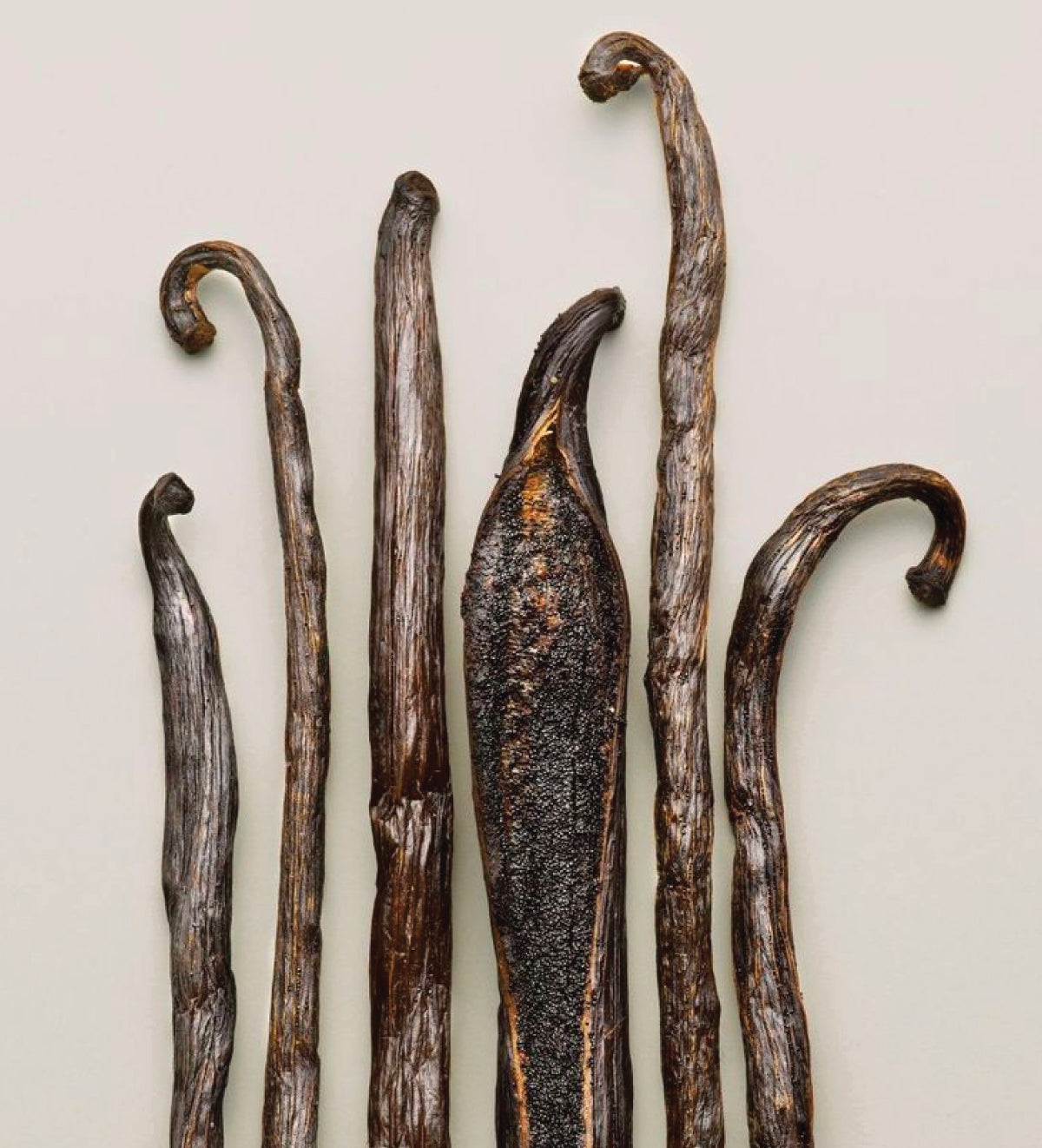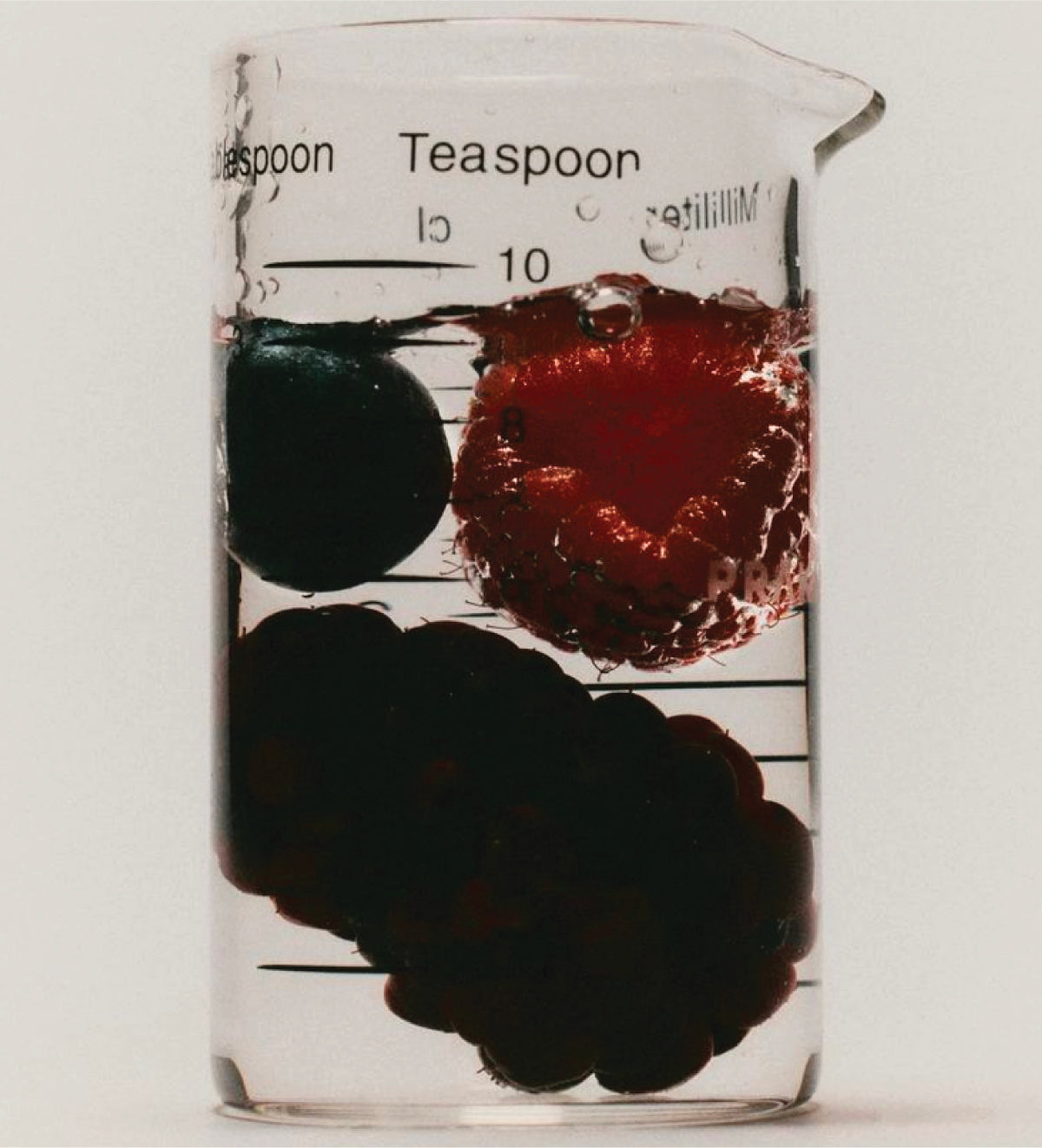What is a Vegan perfume?
What is a Vegan Perfume? Not so simple... A vegan perfume is a fragrance that contains no animal-derived ingredients and is not tested on animals. This means the entire production process, from sourcing ingredients to...


Advanced Fragrance Classes

